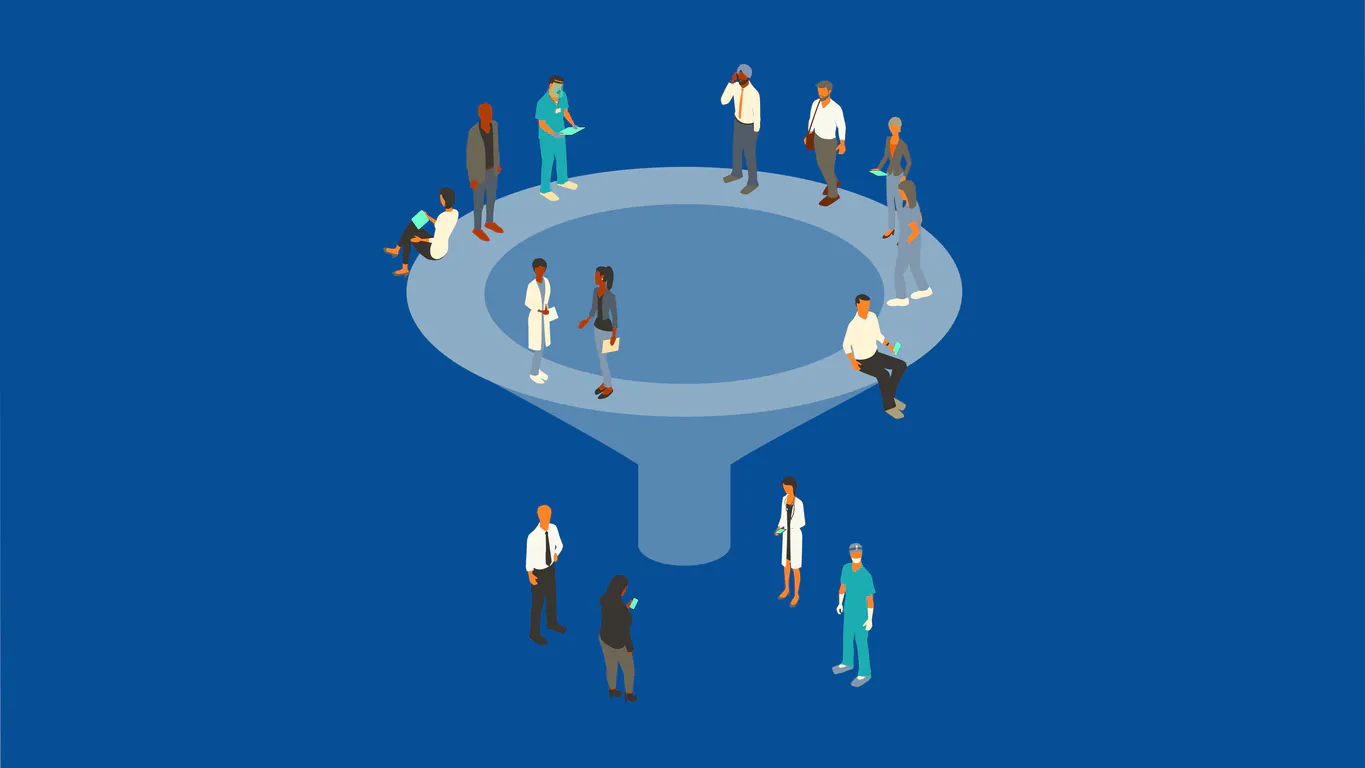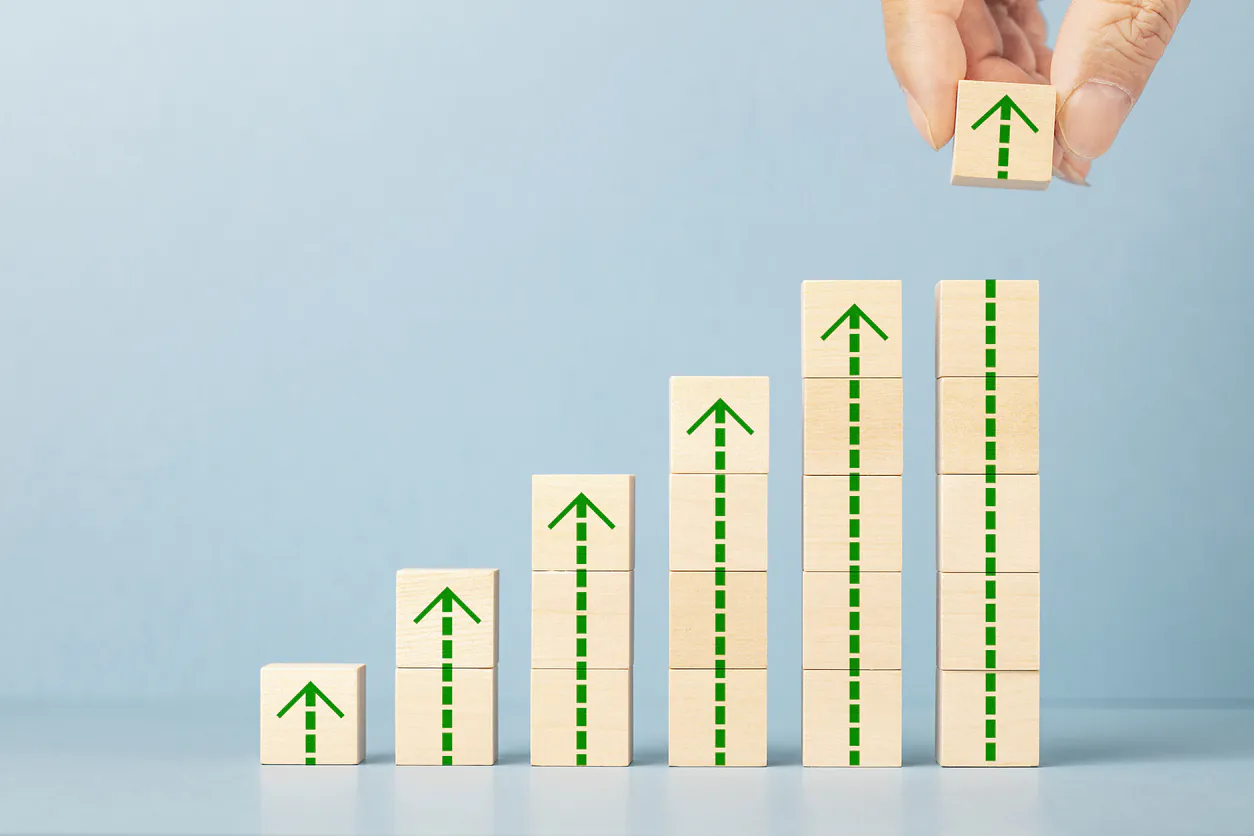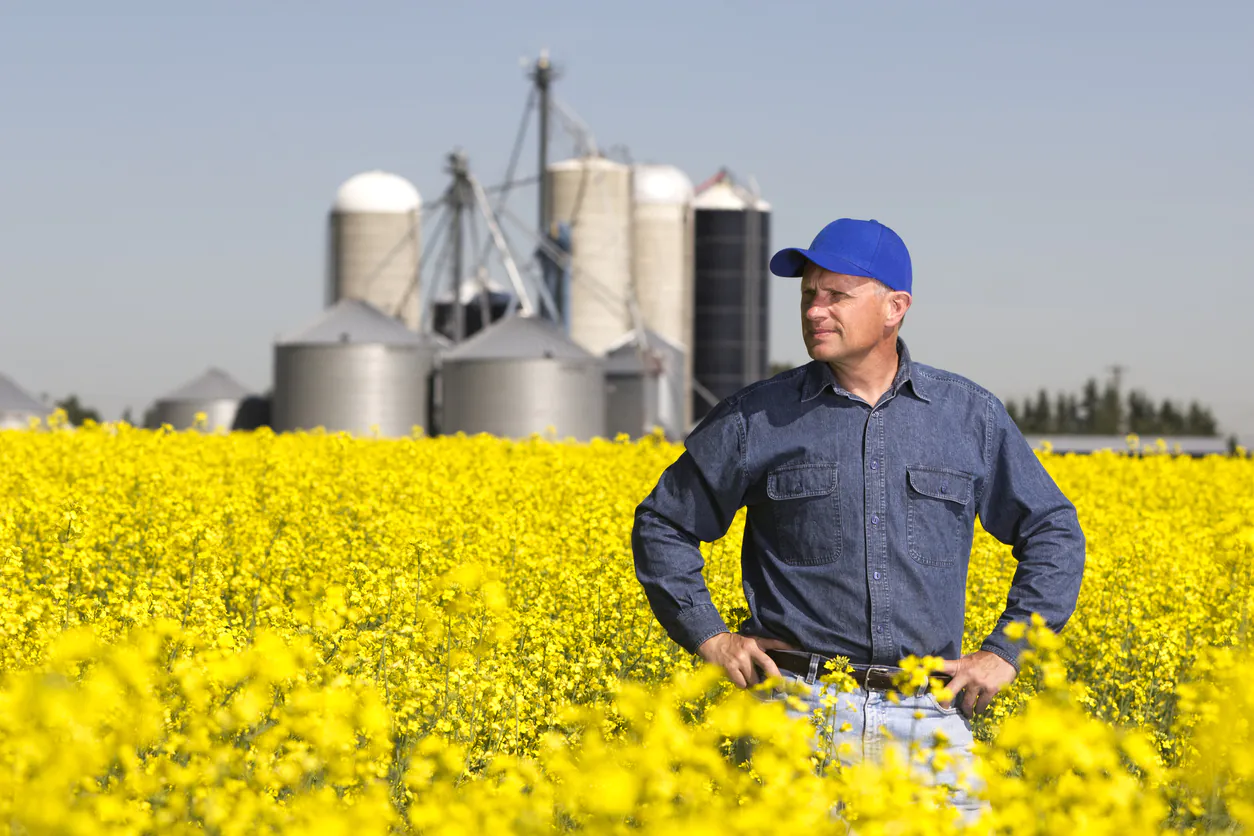Have you ever wondered how the sales funnel stages changed throughout 2023? You’re not alone. Sales funnels have been changing every day. Since there are so many types of funnels, it can be difficult to know when and where each stage occurs. Here is a comprehensive guide to B2B sales funnel stages in 2023.
The B2B sales funnel stages keep changing to reflect buyers’ new behaviors and preferences. A prospect goes through the marketing, consideration, and purchase processes differently than someone who is already familiar with your products and services. Here are the essential tips to successfully expand your reach at each stage of the funnel.
2023 is here, and it’s the year your company has been waiting for. Innovation is the valid key to success, and it has never been a more important topic than today. Business development relies on creating profitable revenue and finding new ways to scale your business.
BizVibe is helping millions redefine their B2B sales funnels stages.
What is a B2B Sales Funnel?
A sales funnel is a strategy that businesses use to ensure a steady stream of qualified prospects for their sales teams. In the B2B space, there are four main stages that make up a sales funnel — awareness, consideration, decision, and action. This post will explain what each stage involves and will also highlight the different sources you need in order to have a successful funnel.
In fact, most businesses have multiple sales funnels for different purposes which can be used to maintain and nurture the relationships with your leads, send targeted offers that are specific to the needs of each lead, or take advantage of new digital marketing technologies. In an increasingly competitive market, it has become essential for leaders in the field to use sophisticated and user-friendly technology in order to keep track of their leads. Sales funnel stages are also used by businesses to ensure they supply a quality service that meets the needs of their customers and leads, as well as meeting their own personal targets – one of the most important priorities for any business owner is hitting their targets at agreed times.
What are the 6 stages of the B2B sales funnels?
In B2B sales, the funnel starts with a visitor and ends with a closed deal. All the steps in between are your sales funnel.
The first step is to capture information from the visitor in order to qualify them as a lead. The next step is to nurture that lead until they have enough information about you and your product or service to make a purchase decision. This can take anywhere from one week to several months depending on the complexity of what you’re selling and how much research customers need before making a decision.
Once you’ve qualified leads into different stages of your sales funnel, you’ll want to segment them based on their behavior and preferences so that you can tailor messaging for each group appropriately. For example, if you send an email blast every time your product goes on sale, but an account manager sends a personalized email when someone signs up for an account manager demo, those two groups will see very different messages based on how far along they are in the buying cycle
Here are the 6 steps of the B2B sales funnels
- Awareness
The first stage is awareness. It’s the first contact with your company. It’s about creating a good first impression, showing that you have the expertise to help them, and understanding what they need.
- Interest
The next step is when prospects start considering purchasing from you. They want to know more about your company, its history, values, etc., and may even want to test drive your product or service before making a decision (trial).
- Consideration
This is when a prospect becomes aware of your product or service and starts to evaluate it against other options on the market. This is when they start asking questions about pricing, features, and benefits, etc. If your prospects don’t ask questions, it means they are not ready for more information yet and you should continue to nurture them until they are ready to reach out again and ask more questions.
- Intent
this is where someone finds your website or social media profile and you learn that they’re interested in your service or product. They may be doing research or they may be looking at specific products or services. This could be through an organic search (Google) or paid advertising (Google Ads).
- Evaluation
once you’ve captured their interest, it’s time to build their awareness of who you are as a business and what you offer. You’ll want to have enough content on your website so that when people visit your site for information, they find answers to their questions quickly and easily without having to search elsewhere online for more information about what you do or how you can help them solve their problems with your products or services.
- Decision
At this stage, prospects are ready to make a purchase decision based on their interest in what you offer and how much value it will bring to their organization or business as a whole (ROI). Don’t rush it! Make sure they’re really interested in investing in your product or service before sending them.
B2B sales funnel vs B2C sales funnel
B2B sales funnels are different from B2C sales funnels. B2C sales funnels are designed to capture a buyer’s attention and drive them toward a first interaction with the brand. In other words, B2C sales funnels are used to get people to take action in the early stages of their buying process by making them aware of your product or service.
B2B sales funnels, on the other hand, focus on converting leads into paying customers. This means that they must be optimized for each stage of the buying process and lead nurturing campaign.
In B2B sales, the buying process is complex and takes time. The average B2B buyer spends between 15 and 20 hours researching a product before they make a purchase.
This makes it critical to have a well-planned sales funnel that allows you to nurture leads from the beginning of their research phase all the way to the end.
In this post, we’ll discuss the three most important stages of your B2B sales funnel: (1) the top of the funnel, (2) the middle of the funnel, and (3) the bottom of the funnel.
The B2B sales funnel is the most common method of marketing to business customers. It consists of multiple stages that lead to a conversion, or purchase. In this guide, we’ll discuss the B2B sales funnel stages, what they entail and how much they cost.
How much does it cost to create a B2B sales funnel?
The answer depends on your business. If you’re a small business with no existing infrastructure, it will be more expensive than if you’re a large company with an established customer base and infrastructure in place.
For example, if you’re selling an eCommerce product or service and want to attract new customers without any existing infrastructure, it could cost $50-$100 per lead (depending on how complex your offer is) in order to build out your funnel from scratch and attract potential customers through paid advertising such as Google AdWords or Facebook Ads. This would include things like building landing pages for your offers, creating email sequences for follow-ups after leads convert (or don’t), etc.
On the other hand, if you already have an established website with an email list of thousands of people who are already interested in your products/services then it will only cost about $10-$20 per lead.
Your sales funnel stages will depend on your industry, the product or service you sell, revenue, and overall budget. When you know those details then you can customize the perfect sales funnel configuration. Be it a small business, startup, or large corporation, we have all the answers to meet your exact sales funnel needs. All you need is some time and a willingness to learn how to build a sales funnel step by step and watch it grow in value! It’s that easy!
BizVibe is helping millions redefine their B2B sales funnels stages.



